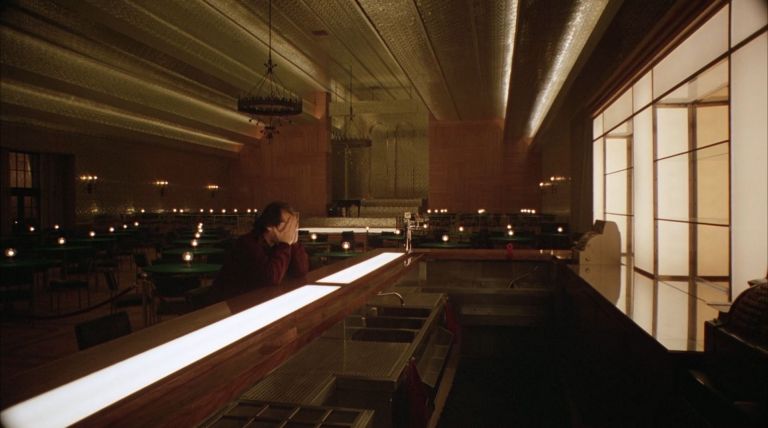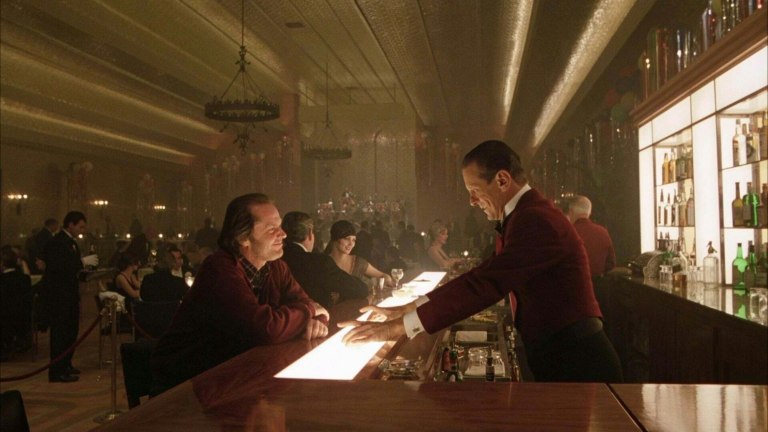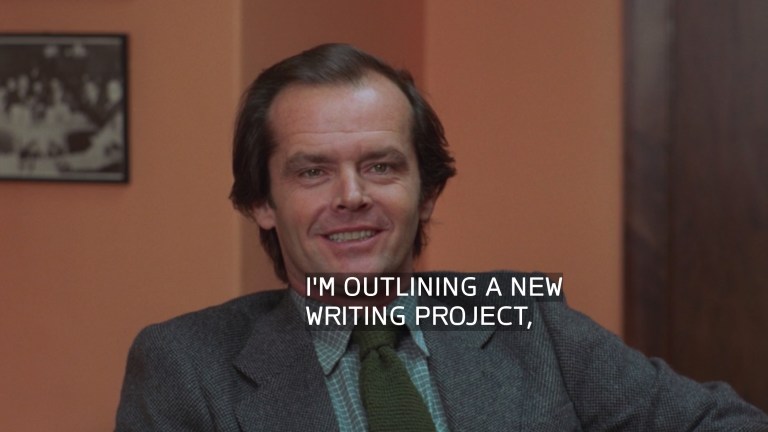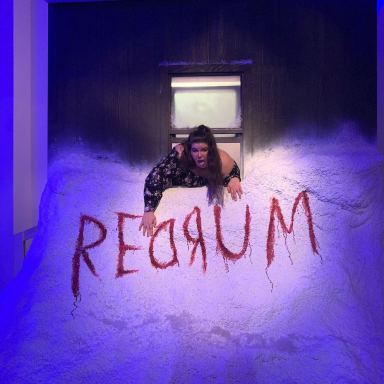Is ‘The Shining’ Based on a True Story?
“I mean, it was like God had put me there to hear that and see those things.”

Horror writer Stephen King began writing The Shining on a night away with his wife Tabitha. In October 1974 the couple were temporarily living in Boulder, Colorado where Stephen hoped to be inspired, as he wanted to set his next novel somewhere other than his home state of Maine. The day before Halloween, the Kings decided to travel an hour up into the Rockies and spend the night at the Stanley, a historic hotel built in 1909.
As the hotel was getting ready to close for the winter, the Kings were the only guests.

Stephen and Tabitha ate dinner alone in the hotel’s grand ballroom surrounded by other tables with the chairs up as staff had already cleaned the room for the end of the season. Taped orchestral music played and they ate the only meal still available on the menu. The situation reminded Stephen King of an unfinished story he’d started a few years earlier, Darkshine, about a boy with psychic powers who was stuck in a haunted amusement park.
Of that evening, Stephen has said “I mean, it was like God had put me there to hear that and see those things.”

After Tabitha retired, Stephen walked the deserted halls and had a drink at the bar as the only guest, served by a bartender named Grady. When he went to sleep, he had a nightmare that his three-year-old son was being chased through the hotel by a firehose come to life. He put his nightmare together with the image of his psychic boy from Darkshine wandering those long, empty corridors of the hotel and the story clicked.
King says, “I woke up with a tremendous jerk, sweating all over, within an inch of falling out of bed. I got up, lit a cigarette, sat in a chair looking out the window at the Rockies, and by the time the cigarette was done, I had the bones of the book firmly set in my mind.”

While writing, Stephen drew on his own experiences in creating the central character of Jack Torrance, a struggling writer who recently relocated to Boulder and had a wife and child to provide for. Like Jack, King had an unhealthy relationship with alcohol, anger, and shame. He was aware that his wife and children sometimes paid the price for his vices, saying:
Sometimes you confess. You always hide what you’re confessing to. That’s one of the reasons why you make up the story. When I wrote The Shining, for instance, the protagonist of The Shining is a man who has broken his son’s arm, who has a history of child beating, who is beaten himself. And as a young father with two children, I was horrified by my occasional feelings of real antagonism toward my children. Won’t you ever stop? Won’t you ever go to bed? And time has given me the idea that probably there are a lot of young fathers and young mothers both who feel very angry, who have angry feelings toward their children. But as somebody who has been raised with the idea that father knows best and Ward Cleaver on Leave It to Beaver, and all this stuff, I would think to myself, Oh, if he doesn’t shut up, if he doesn’t shut up… So when I wrote this book I wrote a lot of that down and tried to get it out of my system, but it was also a confession. Yes, there are times when I felt very angry toward my children and have even felt as though I could hurt them. Well, my kids are older now. Naomi is fifteen and Joey is thirteen and Owen is eight, and they’re all super kids, and I don’t think I’ve laid a hand on one of my kids in probably seven years, but there was a time…

King wrote The Shining in only four months and it became his first hardback bestseller. The story (and King) catapulted into even greater fame when Stanley Kubrick adapted it into his 1980 film. Incredibly, three decades later King sat down and wrote a sequel titled Doctor Sleep. The novel follows Danny Torrance after the events at The Overlook hotel as he grew into a man just like his father — an alcoholic driven by the fear of facing his core shame. That novel was adapted into a feature film, Doctor Sleep (2019) which is a sequel to both the book and the Stanley Kubrick movie.
Further reading:
